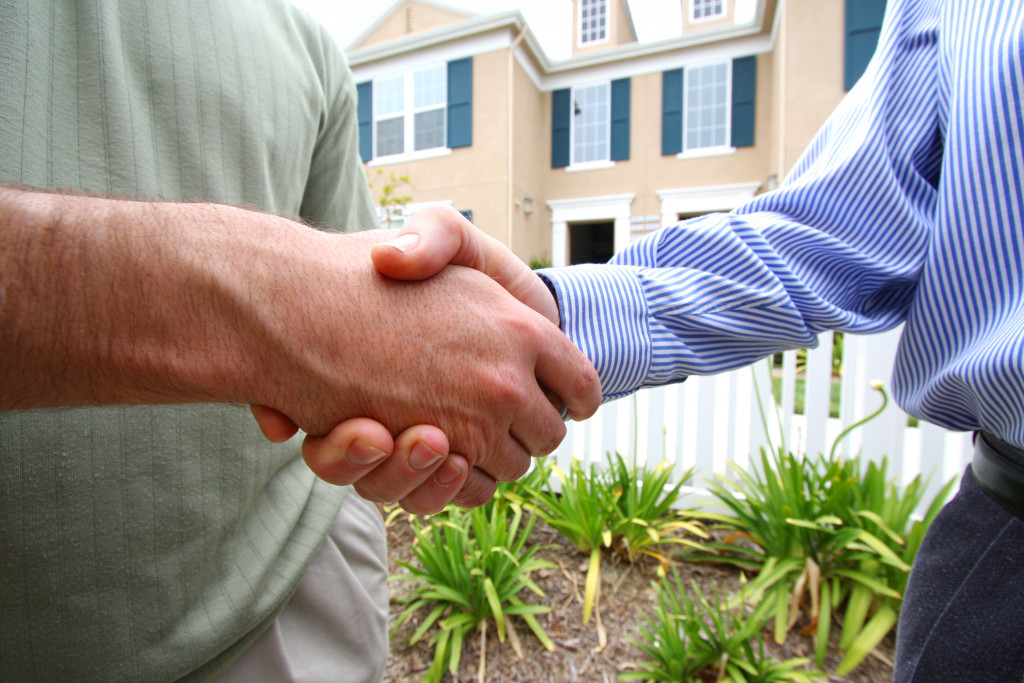- Old homes have unique, irreplaceable architecture and offer a unique living experience with a historical touch.
- Old homes often boast superior craftsmanship and durability due to high-quality construction materials and attention to detail.
- These homes are typically located in established, historic neighborhoods with stable property values and local attractions.
- Despite possible upgrades, older homes can be energy-efficient and often come with lower price tags, making them cost-effective investments.
- Investing in an old home involves finding a professional, inspecting the home, securing financing, and planning budget.
Buying a new home can be an exciting experience, but have you ever considered investing in an old home? While some might consider old homes to be outdated or fixer-upper, there are numerous advantages to investing in an old home. Here’s what you need to know about old homes, reasons to invest in one, and ways to get started with your investment.
Old Homes in The U.S.
About ten million homes in the U.S. are over 20 years old, and a third of all homes are over 50. These homes have unique characteristics that make them stand out among newer homes. Buyers are avoiding many old homes in the U.S., but there are many reasons to invest in one today.
Reasons to Invest in an Old Home
There are several reasons why investing in an old home is a good idea. Here are some of them:
1. Unique Architecture & Design
Old homes often come with unique and charming architectural designs that cannot be found in modern homes. These homes have a history and character that can provide an unmatched living experience. From high ceilings and crown moldings to massive fireplaces and hardwood floors, these homes have a unique ambiance that can’t be replicated in newly constructed homes . Moreover, renovating an old home can present an opportunity to create the ideal space with your flair.

2. Good Craftsmanship & Durability
The durability and quality of construction of old homes are often superior to new homes. Older homes were built using higher-quality building materials compared to newer homes, which were built quickly and cheaply and did not focus on longevity. Moreover, older homes were constructed with attention to detail, often built by craftsmen who took pride in their work . Hence, investing in an old home might often mean getting a quality home structure that can last many years.
3. Established Neighborhoods And Communities
Older homes are often located in established, unique, historic neighborhoods and communities. These communities often have mature trees, well-maintained sidewalks, and proximity to local landmarks and attractions that can provide a unique experience. Furthermore, these neighborhoods often have a rich history and character that can be rewarding to be a part of. Additionally, living in an established neighborhood typically means that property values will be stable, providing peace of mind for the home’s future resale value.
4. Energy-Efficient Advantages
Older homes may require some upgrades, but there are some benefits to consider regarding energy efficiency. For starters, old homes naturally provide excellent insulation, which can help to lower heating and air conditioning costs. Furthermore, renovating an old home to make it more energy-efficient can fetch incentives and credits from energy companies, saving you money in the long run.
5. Cost-Effective
Older homes are not always expensive, as they sometimes come with a lower price tag than modern homes. Due to their age, they may need renovation or may not have the latest technology and amenities. However, they can also be an opportunity to purchase a home at a lower price, which allows for customization and renovations within your budget. Additionally, with the country short of over six million homes , there is a high demand for affordable housing. Hence, investing in an old home may become valuable as its value increases.
Getting Started with Your Investment
If you’re considering investing in an old home, here are some steps to get started:

Find The Right Professional
The right professional can help you find the right home for you. An experienced realtor can assist in finding the perfect old home that meets your budget, location preference, and other criteria. Hiring an experienced contractor can also help you assess the home’s renovation potential and provide cost estimates for any necessary changes.
Get A Home Inspection
Before making any investment, it’s essential to get a thorough home inspection. An inspection can identify any underlying issues with the home’s structure and provide an estimated repair cost, helping you make an informed decision.
Secure Financing
Investing in an old home may require a mortgage or renovation loan. Therefore, it’s essential to secure financing before making any investment.
Plan Your Budget
It’s essential to have a budget in mind when investing in an old home. Planning your budget can help you prioritize necessary repairs and renovations without overspending.
Investing in an old home can be a rewarding experience that provides unique living opportunities, cost-saving benefits, and potential for future value. With proper research and planning, you can find your dream old home to invest in today. Remember to consult with professionals, conduct thorough inspections, and create a budget to maximize your investment.

